- Great Learning
- Free Courses
- It & Software
Earn a certificate & get recognized
Basics of Simulink
Level up your Simulink skills! Enrol in our free course covering model settings, libraries, operations, and more. Enhance your expertise—sign up today!
Basics of Simulink
742 learners enrolled so far
Stand out with an industry-recognized certificate
10,000+ certificates claimed, get yours today!
Get noticed by top recruiters
Share on professional channels
Globally recognised
Land your dream job

Skills you will gain
Simulink
Simulink Model Settings
Sink Libraries in Simulink
Math
Logical and Bit Operations in Simulink Ports and Atomic Subsystems
Masked Subsystem and Linked Libraries
User-Defined Functions
Lookup Tables Model Representation and Stateflow
+3 More
Key Highlights
Get free course content
Master in-demand skills & tools
Test your skills with quizzes
About this course
This free course includes an introductory exploration of Simulink's core features to in-depth coverage of Simulink Model Settings, Sources and Sink Libraries, and various mathematical and logical operations. Dive into advanced elements like Atomic Subsystems, Masked Subsystems, and Linked Libraries, and gain proficiency in handling Continuous, Discontinuous, and Discrete Blocks.
Delve deeper into the intricacies of Simulink with discussions on User-Defined Functions and Model Representation, including insights into Stateflow. By the end of this course, you'll possess a robust foundation to harness Simulink's capabilities effectively, empowering you in simulation and modeling.
Ready to elevate your career? Check out the Best PG Programs to take your professional life to the next level!
Course outline
Introduction to Simulink
In this module, you will learn an introduction to Simulink and Simulink toolbars. Simulink is a powerful simulation and modeling tool widely used in engineering and scientific fields. you will also learn the fundamentals of Simulink, including how to navigate the Simulink environment and understand its various components.
Simulink Model Settings
In this module, you will learn block settings and properties, model properties and annotations, and simulink solvers
Sources and Sink Libraries in Simulink
In this module, you will learn about Sources and Sink Libraries in Simulink, which are essential components for building and analyzing dynamic systems and models.
Math Operations in Simulink
In this module, you will learn about math operations in Simulink, which are crucial for manipulating and processing data within your simulation models.
Logical and Bit Operations in Simulink
In this module, you will learn about logical and bit operations in Simulink, which are essential for handling binary data, making decisions based on conditions, and performing bitwise manipulations.
Ports and Atomic Subsystems
In this module, you will learn about ports and atomic subsystems in Simulink, which are fundamental components for building modular and hierarchical simulation models.
Masked Subsystem and Linked Libraries
In this module, you will learn about Masked Subsystems and Linked Libraries in Simulink, which are advanced features for creating reusable and customizable components within your simulation models.
Continuous, Discontinuous and Discrete Blocks
In this module, you will learn about continuous, discontinuous, and discrete blocks in Simulink, which are essential for modeling and simulating systems with different behaviors and characteristics.
User-Defined Functions and Lookup Tables
In this module, you will learn about user-defined functions and lookup tables in the context of Simulink, which are valuable tools for customizing and enhancing the functionality of your simulation models.
Model Representation and Stateflow
In this module, you will learn about model representation and Stateflow in Simulink, which are essential components for modeling and simulating dynamic systems with complex behaviors and logic.
Get access to the complete curriculum once you enroll in the course
Stand out with an industry-recognized certificate
10,000+ certificates claimed, get yours today!
Get noticed by top recruiters
Share on professional channels
Globally recognised
Land your dream job

Basics of Simulink

4.5 Hours
Beginner
742 learners enrolled so far
Get free course content
Master in-demand skills & tools
Test your skills with quizzes
Refer and earn
Get learning discounts up to $20
Learner reviews of the Free Courses
5.0

5.0
What our learners enjoyed the most
Skill & tools
67% of learners found all the desired skills & tools
Frequently Asked Questions
Will I receive a certificate upon completing this free course?
Is this course free?
What prerequisites are required to enrol in this Free Basics of Simulink course?
You do not need any prior knowledge to enrol in this Basics of Simulink course.
How long does it take to complete this Free Basics of Simulink course?
It is a 3.0 hour long course, but it is self-paced. Once you enrol, you can take your own time to complete the course.
Will I have lifetime access to the free course?
Yes, once you enrol in the course, you will have lifetime access to any of the Great Learning Academy’s free courses. You can log in and learn whenever you want to.
Will I get a certificate after completing this Free Basics of Simulink course?
Yes, you will get a certificate of completion after completing all the modules and cracking the assessment.
How much does this Basics of Simulink course cost?
It is an entirely free course from Great Learning Academy.
Is there any limit on how many times I can take this free course?
No. There is no limit. Once you enrol in the Free Basics of Simulink course, you have lifetime access to it. So, you can log in anytime and learn it for free online.
Who is eligible to take this Free Basics of Simulink course?
You do not need any prerequisites to take the course, so enroll today and learn it for free online.
Become a Skilled Professional with Pro Courses
Gain work-ready skills with guided projects, top faculty and AI tools, all at an affordable price.


View Course

Included with Pro+ Subscription

View Course

Included with Pro+ Subscription
.jpg)
View Course

Included with Pro+ Subscription


View Course

Included with Pro+ Subscription


View Course

Included with Pro+ Subscription

View Course

Included with Pro+ Subscription

View Course

Included with Pro+ Subscription

View Course

Included with Pro+ Subscription

View Course

Included with Pro+ Subscription

View Course

Included with Pro+ Subscription

View Course

Included with Pro+ Subscription
.jpg)
View Course

Included with Pro+ Subscription

View Course

Included with Pro+ Subscription


View Course

Included with Pro+ Subscription




View Course

Included with Pro+ Subscription


View Course

Included with Pro+ Subscription
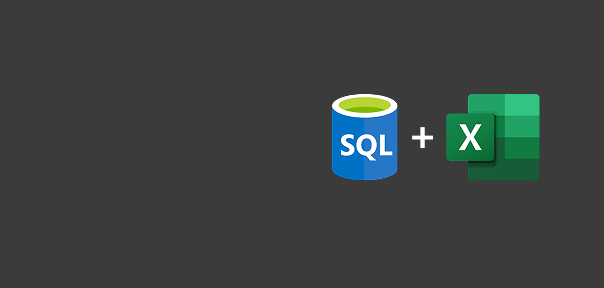

View Course

Included with Pro+ Subscription


View Course

Included with Pro+ Subscription


View Course

Included with Pro+ Subscription
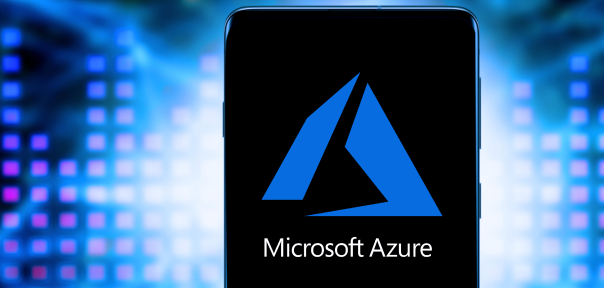

.jpg)
View Course

Included with Pro+ Subscription
.png)
View Course

Included with Pro+ Subscription

View Course

Included with Pro+ Subscription

View Course

Included with Pro+ Subscription
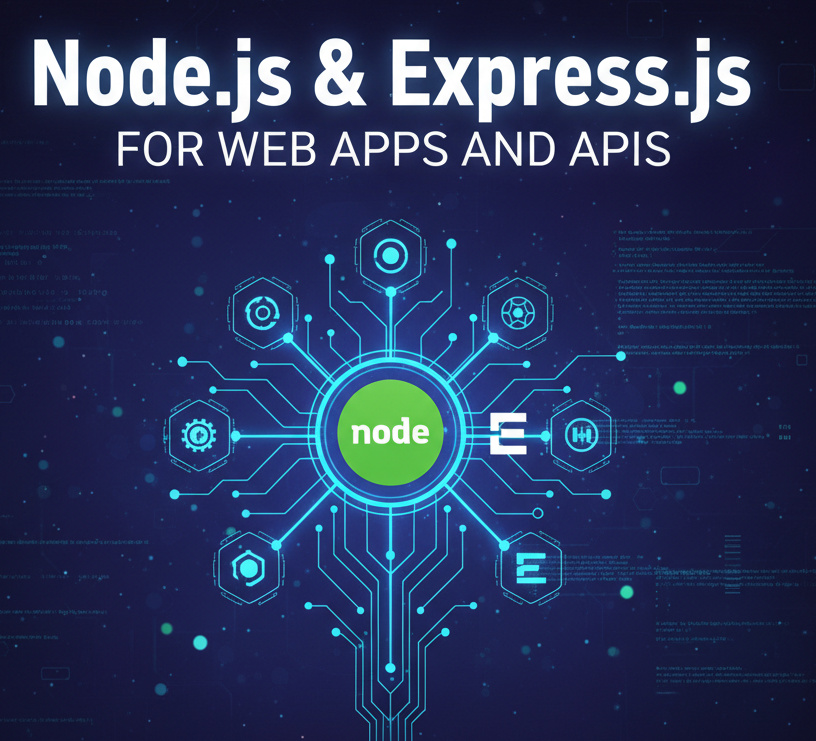
View Course

Included with Pro+ Subscription
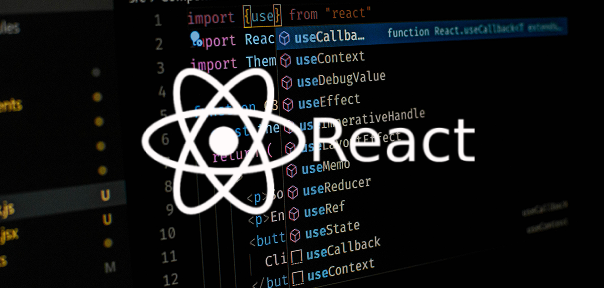
View Course

Included with Pro+ Subscription
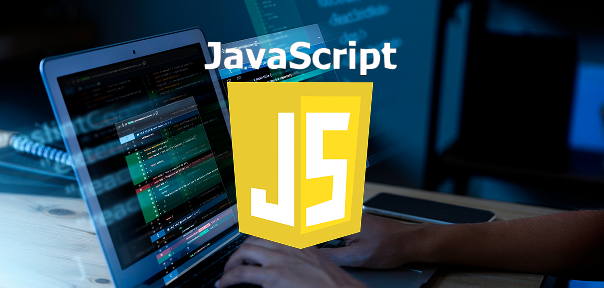
View Course

Included with Pro+ Subscription

View Course

Included with Pro+ Subscription
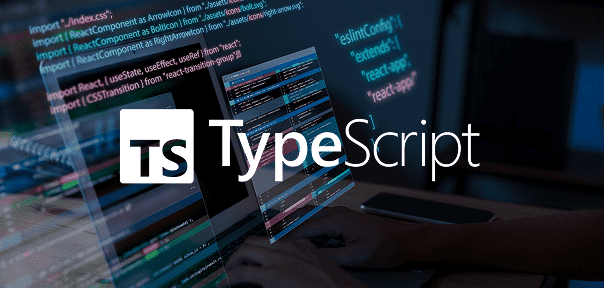
View Course

Included with Pro+ Subscription


View Course

Included with Pro+ Subscription

View Course

Included with Pro+ Subscription
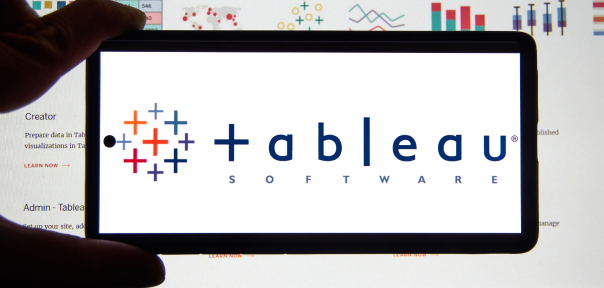
View Course

Included with Pro+ Subscription
.png)
View Course

Included with Pro+ Subscription

View Course

Included with Pro+ Subscription

View Course

Included with Pro+ Subscription

View Course

Included with Pro+ Subscription

View Course

Included with Pro+ Subscription

View Course

Included with Pro+ Subscription
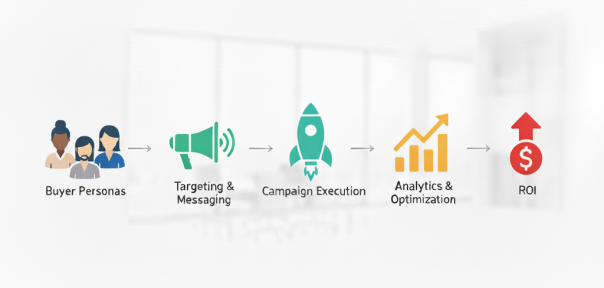
View Course

Included with Pro+ Subscription
.jpg)
View Course

Included with Pro+ Subscription
.jpg)
View Course

Included with Pro+ Subscription
.jpeg)
View Course

Included with Pro+ Subscription
.jpg)
View Course

Included with Pro+ Subscription
.png)
View Course

Included with Pro+ Subscription


View Course

Included with Pro+ Subscription


View Course

Included with Pro+ Subscription


View Course

Included with Pro+ Subscription
.png)
View Course

Included with Pro+ Subscription
.jpg)

.jpg)

.png)

View Course

Included with Pro+ Subscription
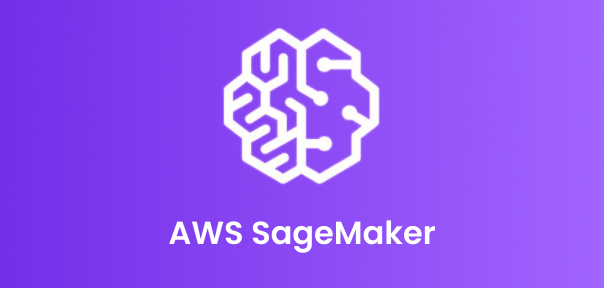

View Course

Included with Pro+ Subscription
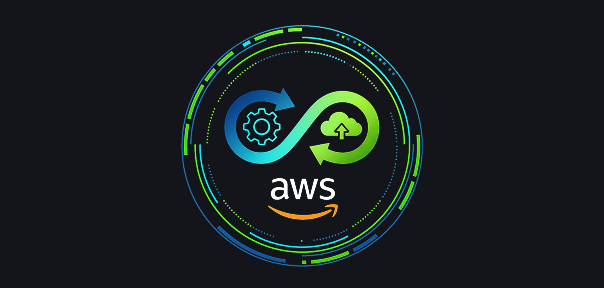
View Course

Included with Pro+ Subscription

View Course

Included with Pro+ Subscription

View Course

Included with Pro+ Subscription
.png)
View Course

Included with Pro+ Subscription
.png)
View Course

Included with Pro+ Subscription
.png)
View Course

Included with Pro+ Subscription
Popular


View Course

Included with Pro+ Subscription

View Course

Included with Pro+ Subscription
.jpg)
View Course

Included with Pro+ Subscription


View Course

Included with Pro+ Subscription


View Course

Included with Pro+ Subscription

View Course

Included with Pro+ Subscription

View Course

Included with Pro+ Subscription

View Course

Included with Pro+ Subscription
AI & Generative AI

View Course

Included with Pro+ Subscription

View Course

Included with Pro+ Subscription

View Course

Included with Pro+ Subscription
.jpg)
View Course

Included with Pro+ Subscription

View Course

Included with Pro+ Subscription


View Course

Included with Pro+ Subscription


Microsoft Courses


View Course

Included with Pro+ Subscription


View Course

Included with Pro+ Subscription


View Course

Included with Pro+ Subscription


View Course

Included with Pro+ Subscription


View Course

Included with Pro+ Subscription


IT & Software
.jpg)
View Course

Included with Pro+ Subscription
.png)
View Course

Included with Pro+ Subscription

View Course

Included with Pro+ Subscription

View Course

Included with Pro+ Subscription

View Course

Included with Pro+ Subscription

View Course

Included with Pro+ Subscription

View Course

Included with Pro+ Subscription

View Course

Included with Pro+ Subscription

View Course

Included with Pro+ Subscription
.png)
View Course

Included with Pro+ Subscription
.png)
View Course

Included with Pro+ Subscription

View Course

Included with Pro+ Subscription
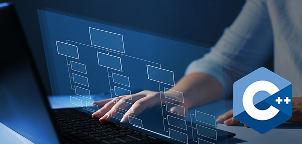
View Course

Included with Pro+ Subscription

View Course

Included with Pro+ Subscription

View Course

Included with Pro+ Subscription

View Course

Included with Pro+ Subscription


View Course

Included with Pro+ Subscription

View Course

Included with Pro+ Subscription

View Course

Included with Pro+ Subscription


View Course

Included with Pro+ Subscription


View Course

Included with Pro+ Subscription
 (1).png)
View Course

Included with Pro+ Subscription
Data Science & ML


View Course

Included with Pro+ Subscription

View Course

Included with Pro+ Subscription

View Course

Included with Pro+ Subscription
.png)
View Course

Included with Pro+ Subscription

View Course

Included with Pro+ Subscription

View Course

Included with Pro+ Subscription
Management

View Course

Included with Pro+ Subscription

View Course

Included with Pro+ Subscription

View Course

Included with Pro+ Subscription

View Course

Included with Pro+ Subscription
.jpg)
View Course

Included with Pro+ Subscription
.jpg)
View Course

Included with Pro+ Subscription
.jpeg)
View Course

Included with Pro+ Subscription
.jpg)
View Course

Included with Pro+ Subscription
.png)
View Course

Included with Pro+ Subscription
.png)
View Course

Included with Pro+ Subscription
.png)
View Course

Included with Pro+ Subscription

View Course

Included with Pro+ Subscription
.png)
View Course

Included with Pro+ Subscription
.png)
View Course

Included with Pro+ Subscription
 (1).jpg)
View Course

Included with Pro+ Subscription
.png)
View Course

Included with Pro+ Subscription
Cloud Computing


View Course

Included with Pro+ Subscription


View Course

Included with Pro+ Subscription


View Course

Included with Pro+ Subscription
.png)
View Course

Included with Pro+ Subscription
.jpg)

.jpg)

.png)

View Course

Included with Pro+ Subscription


View Course

Included with Pro+ Subscription

View Course

Included with Pro+ Subscription
.png)



.png)

View Course

Included with Pro+ Subscription



Cyber Security

View Course

Included with Pro+ Subscription

View Course

Included with Pro+ Subscription
.png)
View Course

Included with Pro+ Subscription
.png)
View Course

Included with Pro+ Subscription
.png)
View Course

Included with Pro+ Subscription
Subscribe to Academy Pro+ & get exclusive features
$25/month
No credit card required

Learn from 40+ Pro courses
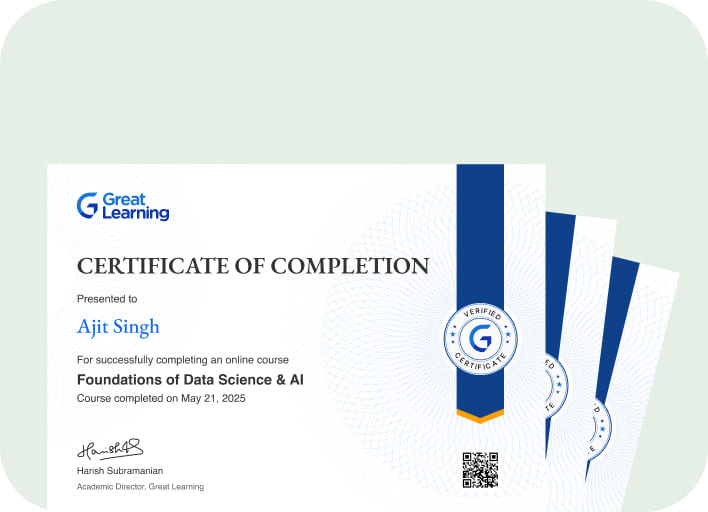
Access 500+ certificates for free
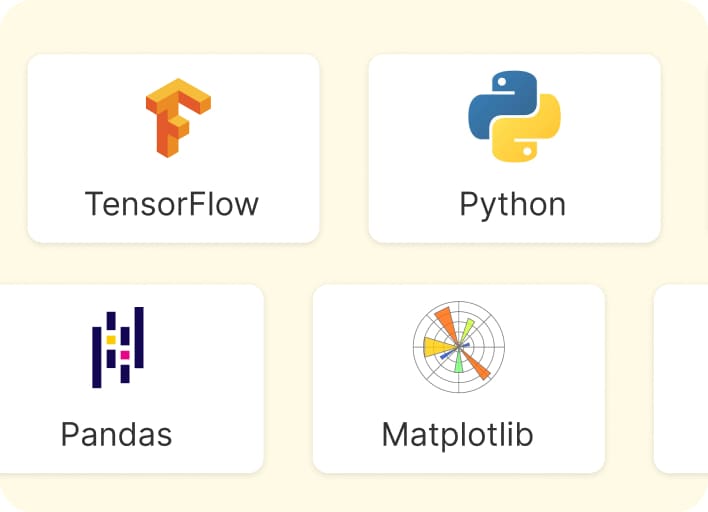
700+ Practice exercises & guided projects
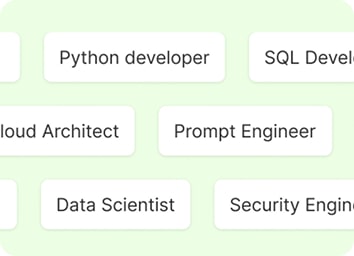
Prep with AI mock interviews & resume builder
Recommended Free Software courses

.jpg)


Similar courses you might like




Relevant Career Paths >
Basics of Simulink
Simulink, developed by MathWorks, stands as a powerful graphical programming environment for modeling, simulating, and analyzing multidomain dynamical systems. Widely utilized in academia and industry, Simulink has become a cornerstone for engineers and researchers seeking a comprehensive platform to translate their ideas into functional prototypes and real-world solutions.
Graphical Modeling Paradigm:
At the heart of Simulink lies its graphical modeling paradigm, allowing users to represent complex systems visually. Engineers can create block diagrams that capture the interconnections and relationships between different components of a system. This intuitive approach facilitates the modeling of a wide array of systems, from simple control systems to intricate multidomain systems involving electrical, mechanical, and thermal components.
Blocks and Libraries:
Simulink's strength lies in its extensive library of predefined blocks representing various elements such as mathematical operations, signals, and physical components. Users can drag and drop these blocks onto the canvas, connecting them to construct a representation of their system. This modularity not only enhances efficiency but also fosters reusability, as users can encapsulate functionality within custom blocks for future projects.
Multidomain Simulation:
Simulink is renowned for its ability to simulate multidomain systems seamlessly. It supports continuous, discrete, and hybrid system dynamics, making it suitable for a broad spectrum of applications. Engineers can model the electrical behavior of a circuit, the mechanical response of a structure, and the control algorithms governing their interaction—all within the same environment. This capability is invaluable in designing and testing integrated systems, where the behavior of one domain influences the other.
Integration with MATLAB:
Simulink is tightly integrated with MATLAB, providing a synergistic environment for simulation and analysis. Users can leverage MATLAB's extensive computational capabilities to define custom functions, algorithms, or optimization routines, seamlessly incorporating them into their Simulink models. This integration streamlines the transition from modeling to analysis, enabling a comprehensive exploration of system behavior.
Real-Time Simulation and Hardware-in-the-Loop (HIL) Testing:
Simulink extends its reach beyond simulation by offering real-time capabilities. Engineers can deploy models to hardware targets, enabling real-time testing and validation. This is particularly beneficial in scenarios where the actual system is too complex or risky to test directly. Hardware-in-the-loop (HIL) testing, facilitated by Simulink, allows for the integration of physical hardware components with simulation models, providing a robust platform for validation and verification.
Automatic Code Generation:
One of Simulink's standout features is its ability to automatically generate code from the graphical models. This feature bridges the gap between simulation and implementation, facilitating a smoother transition from design to deployment. Generated code can be used for embedded systems, standalone applications, or further refinement in traditional programming environments.
Application in Various Industries:
Simulink finds applications across a spectrum of industries. In automotive engineering, it is used for modeling and simulating vehicle dynamics, powertrain systems, and control algorithms. In aerospace, Simulink aids in the design and analysis of flight control systems. Energy systems, communications, and industrial automation are additional domains where Simulink plays a pivotal role in system-level design and validation.
In conclusion, Simulink has become an indispensable tool for engineers and researchers grappling with the complexities of multidomain systems. Its graphical modeling paradigm, integration with MATLAB, support for real-time simulation, and automatic code generation capabilities collectively empower users to transform abstract ideas into tangible solutions. Whether used in academia to teach control theory or in industry to design cutting-edge technologies, Simulink remains a versatile and robust platform, continually evolving to meet the ever-expanding demands of modern engineering and scientific endeavors.







